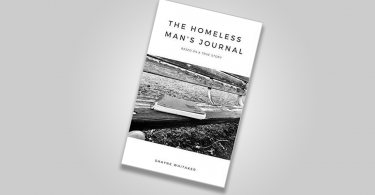Over the course of the last decade, consumers of the book market had been asking one simple question – print or electronic? Devices such as the Kindle and the Nook have become king, which have raised several questions as to the future of the paperback and hardcover books. Yet, when the London Book Fair was held last month, one would not suspect that it was the norm.
#tbt to last week when we were at #lbf15! Take us back! http://t.co/K2wxbvRcRw pic.twitter.com/0MJQmMdGTb
— The London Book Fair (@LondonBookFair) April 23, 2015
The occasion of the Book Fair came as data from the consumer data firm Nielsen, which indicated that print and e-book sales increased by 4 per cent, and e-books had accounted for 30 per cent of all books that were published, according to a report from The Guardian. However, the report notes, the e-book migration was coming to a halt, as was the decline in print.
Indeed, as Steve Bohme, Nielsen’s consumer director, told The Guardian, the e-book was beginning to slow down.
“Ebooks will continue to grow,” Bohme said. “But the speed of growth has started to slow and perhaps we are getting close to saturation in some areas.”
A part of culture
Indeed, as Richard Mollet, the Publisher’s Association’s chief executive, told the paper, the book had its roots in culture, unlike the CD, which came out of leftfield during the 1980s, and it would never fade from the modern culture despite the numerous changes and innovations in media and how people consume it.
Mollet pointed to the example of the YouTube star and beauty video blogger Zoe Sugg, who is known by many through the name Zoella. Whilst Sugg gains millions of viewers of her videos, Sugg stuck with the tradition of the book when she decided to work with the idea of producing fiction.
“[A print book] is a marker of authenticity,” Mollet told The Guardian. “It is a marker of the reflection, of the effort, and it has got durability.”
Human nature
At the heart of the book is a story, and the culture of a story, longing for the touch of the human hand reaching for it off the shelf, regardless of whether it’s a hardback or a paperback. That culture is a human culture – a reflection of the senses.
When the American food writer and broadcaster Anthony Bourdain visited Paris for a programme for US television a decade ago, he observed the influence of the senses within the French capital, and how the French associated them with the acts of their daily lives, from the sense of smell in beauty and the sense of sight in the artistry when looking at art, to the sense of taste in food and cuisine, including bread.
The senses ring true for books as well – for the sense of touching a book brings us the desire and the anticipation of reading and the delight we have in a story. The French appreciate the sense of the touch as well, and flock, like many of us, to the many bookstores to explore these stories, and allow the sense of touch to be their guide.
The sense of touch is universal. It is something that cannot be matched by a gadget or a screen, and something that cannot be reversed with the new innovations that have become the norm of media in the 21st century. New technologies may come and go, but the book shall remain a constant necessity in everyday life.
The chapter on print books is not ending, it is merely beginning, and continuing to play out, right before our eyes.
What do you think? Are print books still relevant today? Have your say in the comments section below.









